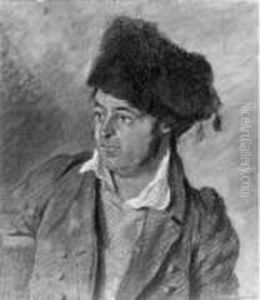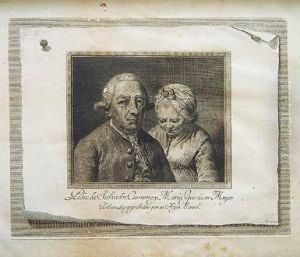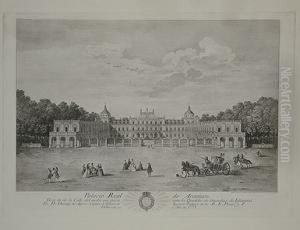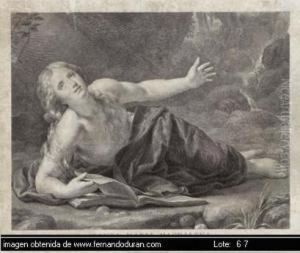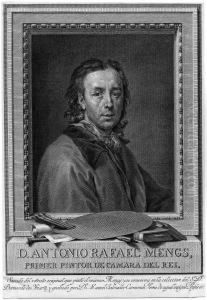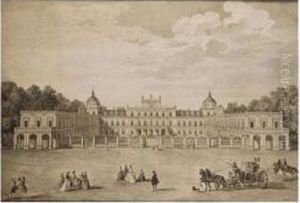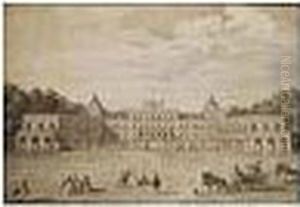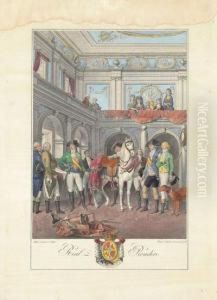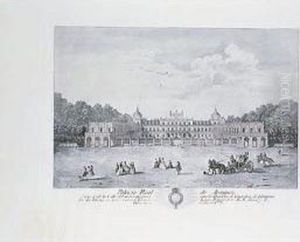Manuel Salvador Carmona Paintings
Manuel Salvador Carmona was a prominent Spanish engraver and painter, born on May 21, 1734, in Nava del Rey, Spain. He was one of the leading figures in the Spanish engraving scene during the 18th century. Carmona began his artistic training under his uncle, the engraver Juan Antonio Salvador, and later continued his studies in Madrid at the Real Academia de Bellas Artes de San Fernando, where he honed his skills and became proficient in the neoclassical style.
A significant part of Carmona's work involved creating engravings after the works of renowned painters of his time, which helped disseminate the styles and ideas of contemporary art. He also engraved portraits, which was a lucrative business at the time, as well as illustrations for books, contributing to the spread of knowledge and culture.
Throughout his career, Carmona received various honors and recognitions. In 1763, he was appointed as an academician of merit at the Real Academia de Bellas Artes de San Fernando. His reputation extended beyond Spain, and he was invited to Paris in 1771, where he further developed his engraving techniques and was influenced by French art.
Carmona's engravings are characterized by their precision and clarity, which was a result of his meticulous technique. His works exhibit the neoclassical ideals of harmony and restraint, and they were instrumental in introducing neoclassical aesthetics to a wider Spanish audience.
Manuel Salvador Carmona's legacy is also tied to his role as a teacher. He taught numerous students who would go on to become influential engravers in their own right. His influence on Spanish art, particularly in the field of engraving, was profound and long-lasting.
He passed away on October 27, 1820, in Madrid. Today, his works are preserved in various art collections and museums, and they continue to be studied for their artistic merit and historical significance.
